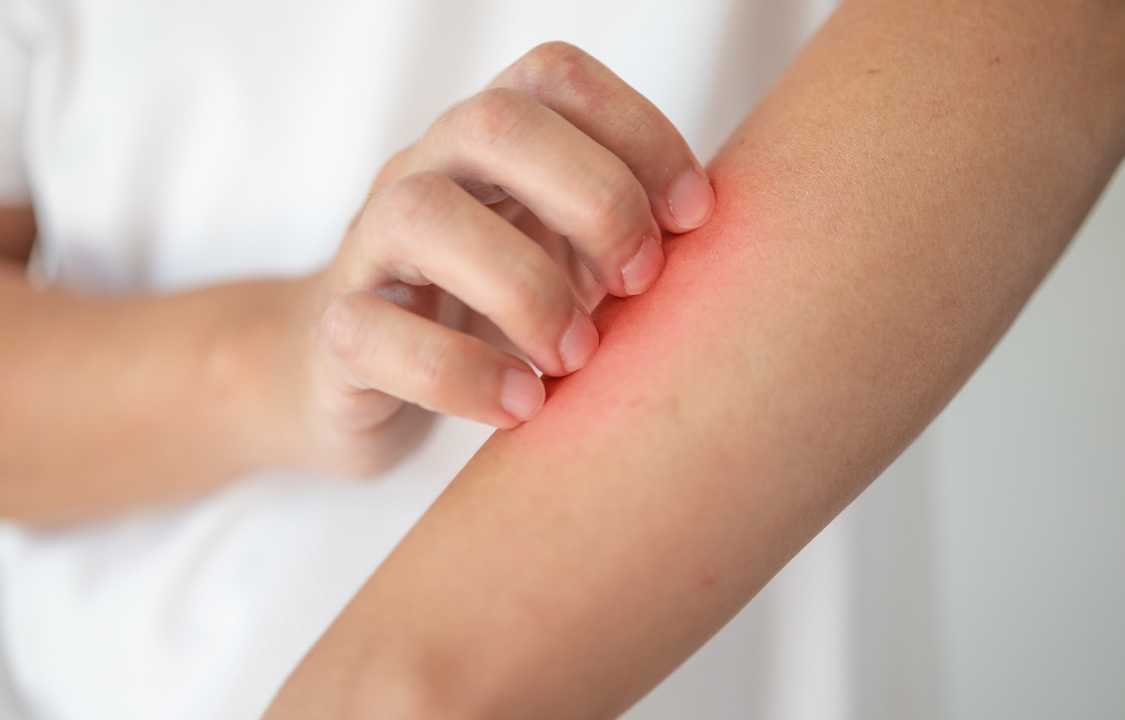Health Care, Infection, Medical Care, Treatment
Check Out These Common Bacterial Skin Infections And How To Treat Them
Bacterial skin infections can have a significant impact on an individual’s well-being, and it’s essential to recognize and address them promptly to prevent complications. In this article, we will explore various bacterial skin infections, their symptoms, and the treatment options available. Understanding these infections is crucial for maintaining good health and preventing them from escalating into more serious conditions.
Impetigo: A Common Skin Infection

Impetigo is a common bacterial skin infection, particularly among children, typically affecting those around five years old. It is characterized by small clusters of erosions or pustules that ooze light-yellow fluid or bacterial pus. Impetigo tends to develop in areas with skin breaks, such as open wounds, sores, or moist regions. Although it is generally not severe, untreated impetigo can become contagious and potentially penetrate deeper into the skin.
Fortunately, impetigo is relatively easy to detect and treat. Early treatment typically involves maintaining good hygiene practices and may include oral or topical antibiotics. If prescribed an antibiotic like Bactroban for impetigo, you can explore cost-saving options by searching for a Mupirocin Discount Coupon to reduce expenses.
Erysipelas: A Skin Infection of the Face and Legs

Erysipelas is another bacterial skin infection, caused by beta-hemolytic streptococci, that primarily affects the face and legs, and occasionally both. It can also extend to areas that have recently been injured or have breaks in the skin. Symptoms of erysipelas include the presence of a shiny, raised rash on the affected area, small blisters, and swollen lymph nodes.
Erysipelas, while uncomfortable, is typically straightforward to treat with antibiotics, usually within a few days to a week. However, there is a slight chance of recurrence, so it’s essential to follow the treatment plan diligently. If you experience severe erysipelas accompanied by symptoms like fever, it’s advisable to seek medical attention for a more potent treatment that can alleviate your symptoms more quickly.
Erythrasma: Affecting Skin Folds

Erythrasma is a bacterial skin infection caused by Corynebacterium minutissimum and tends to grow in areas with frequent skin-to-skin contact, especially in regions teeming with moisture, such as under the breasts. Erythrasma primarily affects overweight to obese adults and individuals with diabetes. The infection leads to the development of irregular pink areas in the affected region, which may become scaly and cause discomfort.
While erythrasma often responds well to treatment with antibiotic creams or oral medications, it can sometimes require an extended treatment plan, as there is a significant chance of recurrence over specific periods. Treatment may need to be adjusted based on the severity of the infection and the body’s response.
Paronychia: A Nail and Toe Infection

Paronychia is a bacterial skin infection that occurs around the fingernails or toenails. It is typically caused by skin breaks resulting from habits like biting nails, using unhygienic manicure and pedicure tools, or chronic irritation. Symptoms of paronychia may include chronic pain and the development of abscesses that are filled with bacterial pus.
General treatment for paronychia involves applying hot compresses and soaking the affected area in warm water to reduce inflammation and eliminate surface bacteria. Antibiotics may also be prescribed, and in some cases, abscesses may need to be pierced to relieve pressure and drain the pus. It is important to avoid attempting to drain the abscess on your own, as the use of unsterile instruments commonly found at home can lead to additional severe infections. Seeking professional medical treatment is crucial to avoid complications.
Folliculitis: An Infection of the Hair Follicles

Folliculitis is a bacterial skin infection characterized by pimple-like lesions around hair follicles. It often occurs as a result of damaged hair follicles or exposure to contaminated water in baths, which can allow germs to enter the follicles and cause infection. Symptoms of folliculitis may include discomfort, itching, and the development of red, pimple-like bumps.
Folliculitis can be irritating, but it typically responds well to treatment with warm compresses, general antibiotics, and the practice of good hygiene.
Cellulitis: A Deep Skin Infection

Unlike other superficial skin infections, cellulitis is a deeper skin infection that can cause a wide range of symptoms, and it requires swift and appropriate treatment. Individuals with cellulitis often experience swelling in the affected area, tenderness, bruising, blisters, chills, and fevers. Cellulitis can make individuals generally unwell and may lead to more severe complications.
Treatment for cellulitis includes regular cleaning of the affected area, intravenous (IV) antibiotics, and extended rest periods, often accompanied by over-the-counter pain relief medications. In severe and chronic cases, surgical intervention may be necessary to treat the affected part.
Staphylococcal Scalded Skin Syndrome (SSSS): A Painful Skin Condition

Staphylococcal Scalded Skin Syndrome, abbreviated as SSSS, is a skin condition that results in the painful peeling of the top layer of the skin across larger areas of the body. Symptoms of SSSS include high fever and the formation of painful blisters that rupture and release infectious fluid. The condition is highly contagious.
Treatment for SSSS involves the administration of extensive IV antibiotics and proper nutrition to prevent dehydration. Pain management and regular bandaging are essential components of the treatment plan to facilitate skin recovery, which can take several days to months, depending on the severity of the condition.
In Conclusion
Bacterial skin infections are common and can have a significant impact on one’s overall well-being, particularly when they occur in unnoticed or poorly managed areas of the body. The good news is that these infections can be effectively treated when identified early. By familiarizing yourself with the most common bacterial skin infections and their treatment options, you can better prepare to recognize and address these issues, reducing the chances of them escalating into more severe conditions. Maintaining good hygiene practices, seeking professional medical advice, and following prescribed treatment plans are essential steps to ensure a healthy recovery and prevent complications. Remember that early detection and appropriate treatment are key to managing bacterial skin infections and protecting your well-being.

